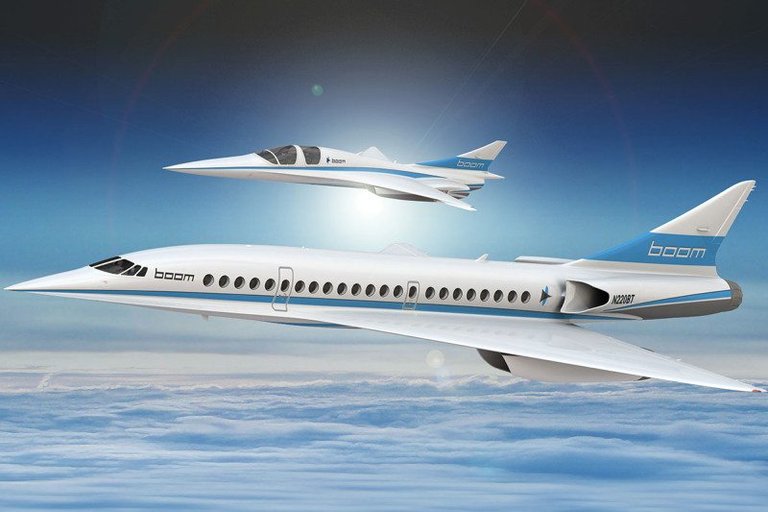Fifty years after the unveiling of Concorde – the flawed, first supersonic airliner – its successors are coming. Maybe they’ll be the real deal, says Paul Marks

The next generation
REUTERS/Boom Supersonic
By Paul Marks
In December 1967, on an airfield in Toulouse, France, a hangar door swung ceremoniously upward to reveal a wonder of the age: the prototype of Concorde.
An Anglo-French creation, this gorgeous, delta-winged, dart of an aircraft was capable of flying at twice the speed of sound. Its revolutionary aluminium alloy skin could expand by a third of a metre to cope with the frictional heating at such speeds. It was a true marvel of jet power, metallurgy and aerodynamics.
But despite its technical prowess, Concorde, with just 128 passenger seats, was a financial white elephant. Its “record as an aesthetic and technological triumph still tends to outweigh its monumental commercial failure”, writes James Hamilton-Paterson in his brief history of British aviation, Empire of the Clouds.
The plane’s £1.1 billion, state-backed development, he says, meant that 34 million French and British families each paid £33 in taxes “to enable people like
Official Website: https://www.newscientist.com/
Hi! I am a robot. I just upvoted you! I found similar content that readers might be interested in:
https://www.newscientist.com/article/2156847-will-supersonic-air-travels-return-be-another-white-elephant/